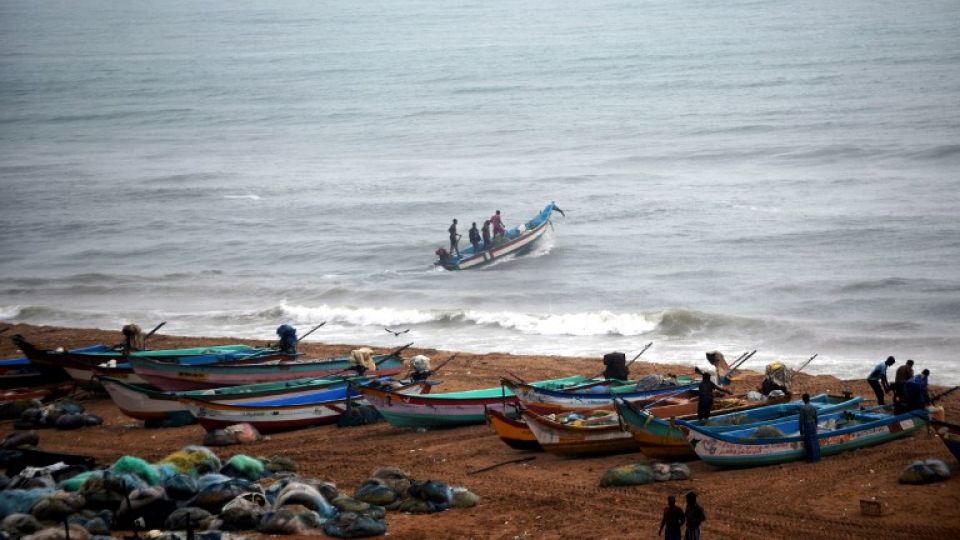April 18, 2018
Rohingyas and local people in Cox’s Bazar, Bangladesh are racing to prepare for monsoon rains forecast to start as early as this week.
IOM, the UN Migration Agency, has been supporting efforts to prepare the camps, which although smaller than the giant Ukhiya sub-district settlements of Kutupalong and Balukali, still house thousands of people, who face similar threats of flooding and landslides.
To date IOM has supported 24 quick impact projects in Teknaf under the umbrella of 20 Para Development Committees (PDCs) – community platforms, each comprised of six refugees and five locals, said the IOM.
The projects include building bridges, access roads, steps, drains, and slope protection work that will enable communities to better weather the monsoon.
The projects are mainly located in the densely populated Unchiprang, Leda Makeshift Settlement, Nayapara and Shamlapur camps. Over 21,310 people live in Unchiprang, 9,320 in Leda, 24,790 in Nayapara and 22,700 in Shamlapur. In all, some 250,000 Rohingya refugees live outside the main Ukhiya camps.
“At present, the most critical issue for both the Rohingya refugees and local people is to be safe from the rains,” said Maulavi Shaker, 35, a Rohingya member of a Teknaf PDC. “We’ve been working towards that, building roads and bridges so that our area won’t get cut off if there is flooding,” he added.
“Most refugees in Teknaf are living in shelters built only with plastic sheets and thin bamboos, which are highly vulnerable in the monsoon,” said Mohammad Helal Uddin, 35, another Teknaf member.
IOM and partner agencies recognize the risks posed by the flimsy structures in high winds and rain and have been racing to upgrade the shelters.
In Teknaf over 15,000 shelters – covering over 78,000 people – have been identified as in need of upgrades, including plastic sheets, poles and guy ropes.
IOM itself is targeting 13,204 shelters housing 66,020 refugees.
“The PDCs are helping our teams to identify workers and organizing cash for work in order to ensure that households living in flood-prone and landslide-prone areas get back-filling to elevate their shelter plots. We’re also constructing drainage to protect the shelters from run-off water, building embankments to prevent tidal surges and doing a number of slope protection works,” said Rafael Abis, IOM’s site management area coordinator.
“The PDCs will also help IOM in the event of an evacuation – particularly if it involves those who are unable to evacuate themselves,” he added.
IOM has also helped the PDCs to establish Youth Safety and Security sub-committees within each of PDC to cope with possible emergencies such as flash floods, landslides, fires or conflicts.
The sub-committee members have been trained to build the response capacity of their respective communities.
“Despite all the challenges that the Rohingya influx has created in Cox’s Bazar, the refugee and local communities have maintained a harmonious relationship throughout the crisis,” said John McCue, IOM Senior Operations Coordinator in Cox’s Bazar.
“Representatives of both communities have come together to identify shared needs and solutions. The roads and bridges that they have constructed to provide access, particularly during the rainy season, is a significant example of communal harmony in this disaster-prone area,” he added.


